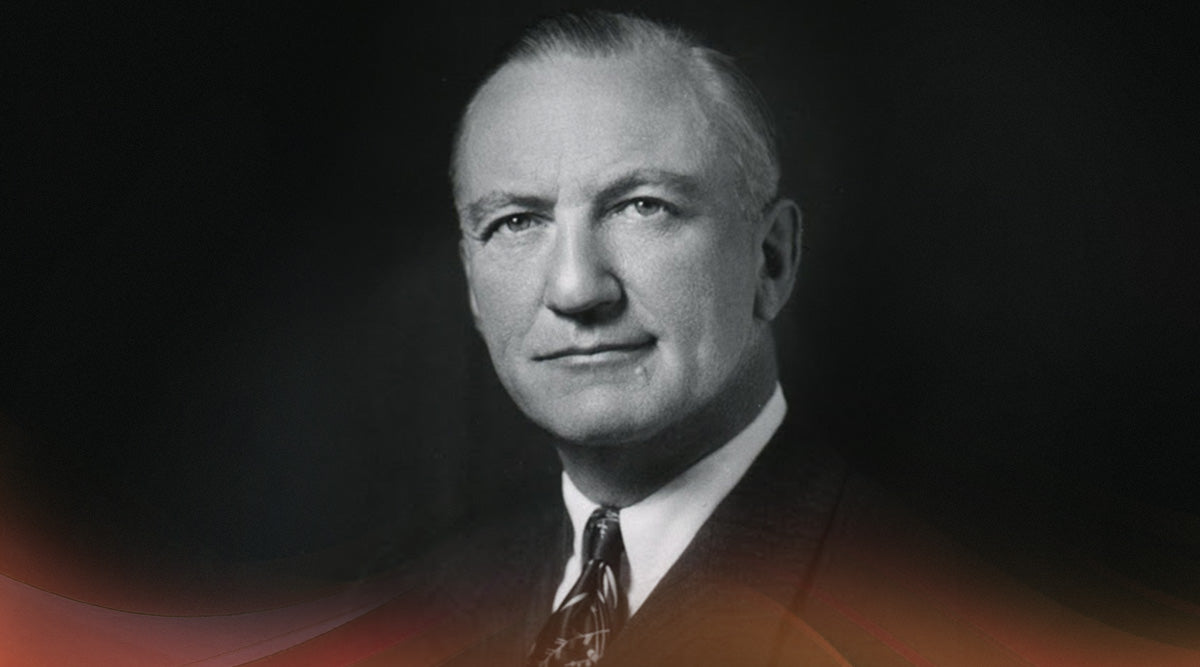How It Works Mobile
Health Benefits Mobile

The Benefits of Kegels for Men
The Benefits of Kegels for Men
6 min read
6 min read
Kegel exercises aren't just for women—they can strengthen key muscles that improve erections, stamina, and overall sexual performance. Here’s why every guy should consider adding them to their routine.

Science-based guidance to improve your sexual health & performance.
By The Private Gym Team
We men spend a lot of time thinking about one aspect of our sexual function and performance: our penises. Yet perhaps we’re giving short shrift to the pelvic floor muscles, a vital part of our reproductive system that we share with women. It turns out that this is an area where women are way ahead of men in maintaining sexual health. Their secret is Kegel exercises!
Okay, Kegels aren’t a particularly very well-kept secret, but what you may not know is that men can also use different techniques to up their game in the bedroom by working on and strengthening vital pelvic floor muscles. The key is to target the correct muscles to ensure the exercises are effective.
Exercising the pelvic floor muscle (PFM) provides numerous benefits to men, including lasting longer between the sheets, getting more intense orgasms, overcoming premature ejaculation, and improving erections. An added benefit: pelvic floor rehabilitation helps men who have gone through a radical prostatectomy (prostate surgery) to overcome stress urinary incontinence, i.e., no more leaking urine.
So, pelvic floor training, a.k.a. Kegel exercises, is a secret weapon for combating male sexual dysfunction.
That's great! But what exactly are they, and how can you incorporate them into your healthy habits?
What Are Kegel Exercises for Pelvic Floor Muscles?

Kegels are a kind of pelvic floor therapy that strengthens muscles on the floor of your pelvic area, from the pubic bone to your tailbone. The pelvic floor muscles form a floating bed for your bladder, bowels, and, in women, the uterus, and in men, the prostate. Strengthen this area, and the pelvic floor will hold your pelvic organs in place.
Kegels are named after Dr. Arnold Kegel, a leading research scientist in the sexual and urinary health field. In the late 1940s, he championed this simple exercise to help new mothers overcome pelvic organ prolapse and stress incontinence resulting from pregnancy and vaginal childbirth.
It wasn’t long before women were also championing Kegels to improve sexual performance, but awareness of the benefits to men has lagged. Let’s change that!
However, it is crucial to perform Kegel exercises correctly to avoid overuse and potential adverse effects on the pelvic muscles. This article will cover the most important points to help you gain all the benefits with minimal risk of unwanted outcomes.
Kegel Exercises For Men: Do They Really Work?

It might seem improbable that such a simple set of exercises can contribute significantly to erectile function and even help with bladder issues such as urinary incontinence. Still, it isn’t as far-fetched as you might think.
Research has proven that Kegel exercises can help with urine flow, urine leakage, and bowel movement, fecal incontinence and can also help solve lifelong premature ejaculation and improve the quality of male orgasms. Kegel exercises can be particularly beneficial for men recovering from prostate cancer surgery.
Kegel exercises for men can also reduce the side effects of prostate cancer treatment, and just as importantly, they can bring that spark back to your bedroom.
Here’s a more comprehensive list of advantages from partaking in Kegels.
Benefits of Kegel Exercises for Men

Kegel exercises offer significant benefits for men by targeting the pelvic muscles, which play a crucial role in achieving these advantages. Again, strengthening these muscles can improve various aspects of health and enhance overall well-being. Here are some key benefits of Kegel exercises for men:
Improve Erections
The rigidity and duration of an erection depend on blood flow to and from the penis. The bulbocavernosus (BC) muscle controls blood flow to the penis, while the ischiocavernosus muscle keeps the erection by preventing blood from leaving. Strengthening these muscles through Kegel exercises can improve blood flow, leading to stronger and longer-lasting erections. This can boost confidence and enhance sexual satisfaction.
Regular Kegel exercises help maintain the strength and tone of these muscles, supporting better erectile health over time. Strong pelvic floor muscles enhance overall sexual performance, benefiting physical intimacy and contributing to a more fulfilling sexual relationship.
More Intense and Stronger Ejaculations
Kegel exercises strengthen the muscles involved in orgasms and play a key role in ejaculation by contracting rhythmically to expel semen during climax. Toning these muscles can lead to more intense and enjoyable orgasms. Better muscle control during ejaculation can result in stronger, more powerful climaxes.
Regular Kegel exercises help men gain better control over the timing of their ejaculations, reducing occurrences of premature ejaculation. This leads to more satisfying and longer-lasting sexual encounters, improving personal and partner satisfaction and creating a more rewarding sexual relationship.
Improved Sexual Stamina
Some men struggle with controlling the duration of their sexual encounters due to premature ejaculation. Kegel exercises can tone these muscles, giving men more control over their sexual performance. Holding back ejaculation during intercourse allows for longer sexual activity, providing a more satisfying experience for both partners.
Improved control over ejaculation reduces performance anxiety and boosts self-confidence. Regular practice of Kegel exercises leads to better muscle endurance, enhancing sexual stamina and overall sexual health.
Better Bowel and Bladder Control
Weak pelvic floor muscles can lead to issues such as stress urinary incontinence, bowel incontinence, and sexual health problems. These muscles control urine flow, defecation, and gas passing. When these muscles weaken, especially after prostate cancer treatments, they can result in stress urinary incontinence (SUI), making it difficult to control urine flow. Strengthening these muscles through Kegel exercises can improve bowel and bladder control, reducing the risk of incontinence.
Research published in the American Journal of Men’s Health shows that pelvic floor muscle training significantly improves symptoms of urinary incontinence. Incorporating Kegel exercises into your routine enhances muscle strength and function, improving daily comfort and quality of life. Improved bowel and bladder control prevents embarrassing situations and promotes physical well-being and confidence.
Relieves Pelvic Pain
Men can experience chronic pelvic pain if their prostate gland becomes inflamed or from pelvic floor dysfunction, where the pelvic floor muscles are uncomfortably tense. Pelvic floor exercises help relax these tensed muscles and soothe pain. This relaxation can provide significant relief from chronic discomfort and improve daily functioning.
Regular Kegel exercises help manage and reduce pelvic pain, maintain muscle flexibility, and reduce tension. Effective pain management improves the quality of life, allowing men to engage more fully in daily activities without constant discomfort.
Tips for Getting the Most Out of Kegel Exercises

Kegel exercises can be highly effective if performed regularly and correctly. Here are some tips to help you get the most out of your Kegel exercises:
Be Consistent
Kegel exercises can help more if performed regularly. Consistency is key. Try doing Kegel exercises at the same time daily, such as while brushing your teeth or on your commute. Making it a routine part of your day will help ensure you don't forget. Consistent practice leads to stronger pelvic floor muscles and better results over time.
Keep the Goal in Mind
Whether you're trying to improve your sex life, calm an overactive bladder, or recover from prostate cancer treatment, keep your end goal in mind. Staying focused on your objective will help you stay motivated. Remembering why you started these exercises can encourage you to maintain your regimen, even when you feel less motivated.
Track Your Progress
The more you do the exercises, the more you'll notice improvements in your condition. Keeping track of your progress can be highly motivating. Use a journal or a fitness app to note each improvement you observe, no matter how small. You'll gain zeal to continue your PFM training regimen by noting each improvement. This tracking can also help you identify any patterns or triggers affecting your pelvic floor health.
Make It Part of Your Routine
Doing Kegel exercises regularly is essential for seeing benefits. Integrate them into your daily routine for an easy, do-it-at-home health solution. Add them to your exercise regimen, and you can improve your sexual function today. Your penis and partner will thank you! Making Kegel exercises a natural part of your day ensures you won't miss out on their benefits. Plus, this integration makes staying consistent over the long term easier. However, be careful not to overdo Kegel exercises as this can produce negative effects.
Learn to Do Kegel Exercises That Yield Results With Private Gym

Kegel exercises are great for men seeking to improve their pelvic floor health and overall well-being. By regularly practicing these exercises, men can experience significant benefits such as improved erections, more intense and stronger ejaculations, enhanced sexual stamina, better bowel and bladder control, and relief from pelvic pain. Incorporating Kegel exercises into your daily routine is a simple yet effective way to boost your health and enhance your quality of life.
At Private Gym, we provide specialized sexual health programs to help men achieve tangible results. Our best-selling Kegel exercise program ensures you target the right muscles and progress steadily. Our sexual performance coaches will guide you to prevent overexertion to more efficiently achieve stronger pelvic floor muscles, better bladder control, and enhanced sexual health.
This article is for informational purposes only. It is not meant to substitute for or provide medical advice or treatment. If you have more questions, please consult your urologist, physician, or healthcare provider.
RELATED ARTICLES

How Long Do Male Kegels Take to Work?
6 min read

Signs of Overdoing Kegel Exercises in Men
6 min read
Recent Articles
- 12 Types of Female Orgasms: How to Help Her Experience Each One
- Why I Recommend You Get a Tantric Couch
- The Downsides of Penis Enlargement Surgery: Risks and Alternatives
- Bathmate vs. Air Pumps
- Bathmate Results: Penis Pump Before & After
- Side Effects of Catuaba
- Health Benefits of Catuaba
- 12 Essential Tips for a Healthy Penis
- Can Quadriplegic Men Have Sex?
- Sexual Function for Men After Spinal Cord Injury
































